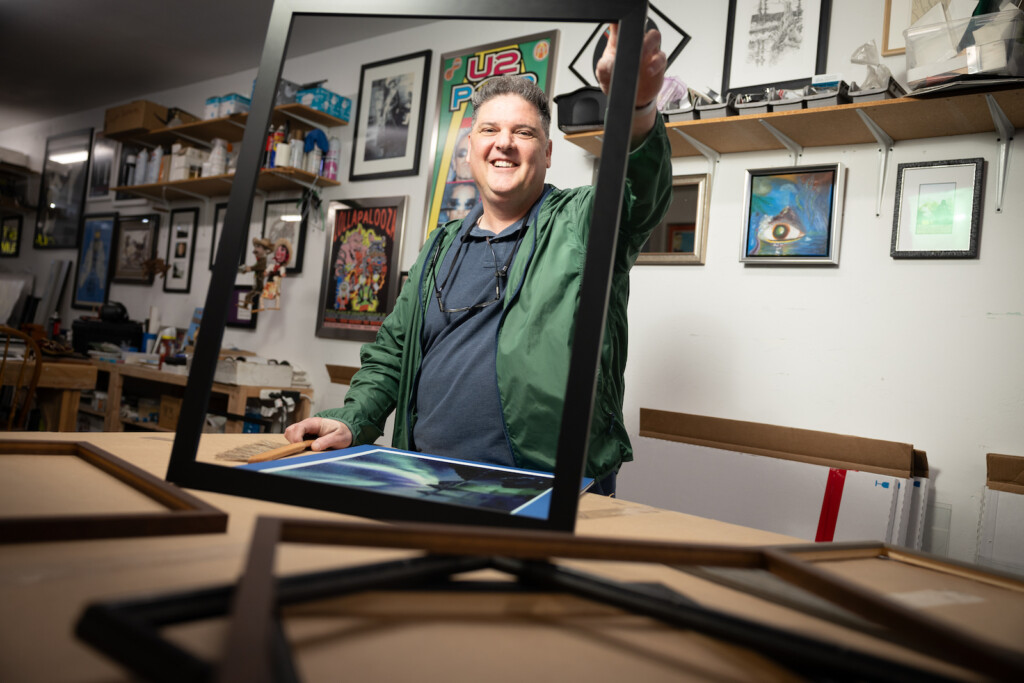
Food deserts are areas occupied by people lacking the income to buy healthy food or do not have access to foods that are considered part of a balanced diet. By U.S. Department of Agriculture standards, the west-side of downtown Salt Lake City is a food desert. Whether the SLC Redevelopment Agency’s proposal to build a permanent, year-round public market for Salt Lake City will change that is up for debate.
At present, the RDA and Downtown Alliance are considering a project that would link a year-round indoor market with the Downtown Farmers Market, the Winter Market in the Rio Grande Depot, and another RDA project, the 300 South “Festival Street.” A new Market building west of the historic train station could accommodate 35 permanent vendors selling freshly prepared, specialty, and ethnic foods.
In 2016, the RDA Board appropriated $176,000 for a feasibility study and concept development plan for a parcel of land in the Depot District Station Center as the site for a year-round market. Goals for the study were, in addition to health and wellness, the likelihood of small business development and neighborhood revitalization.
A market analysis of supply and demand for the project concluded that it would not generate enough income to offset capital investment costs for construction without additional grants, tax credits, or donations. Therefore, this year the RDA will conduct a similar study, at a cost of $175,000 to determine the suitability of Utah State Fair Park for a year-round market and whether the market would help accomplish some of the Agency’s goals for the North Temple Project Area, such as higher-density building, transit-oriented development, and higher population density.
Indirectly, achieving these goals would improve the chances of food security for west-side residents. But the underlying challenge remain: to create and promote a sustainable food system by increasing the amount of healthy food that is accessible at an affordable price.
With proposed development in the Northwest Quadrant consuming large areas of land that formerly were dedicated to agriculture, urban farming should be considered in community planning. Underutilized land around the State Fairgrounds might be used for agriculture-based economic development. Community gardens such as Wasatch Garden’s Green Team Farm in the Depot District, cultivate business skills along with fresh produce. County and state agencies could provide resources and technical assistance to Community Supported Agriculture, CSA, farmers to help them expand their outreach.
Vacant buildings in the North Temple Project Area could be converted to higher density uses, such as the commercial hydroponic farms now operating elsewhere in abandoned big-box stores. In most cases, these are vertical gardens, producing salad greens for farmers markets and nearby restaurants. Plenty.Ag, a giant indoor farm being built in Seattle, claims that it can grow anything but tree fruits and root crops.
Fixing food insecurity and reversing the local food desert will be extremely complicated. It will require a focused, cooperative campaign to promote innovative urban food-production in the city.





